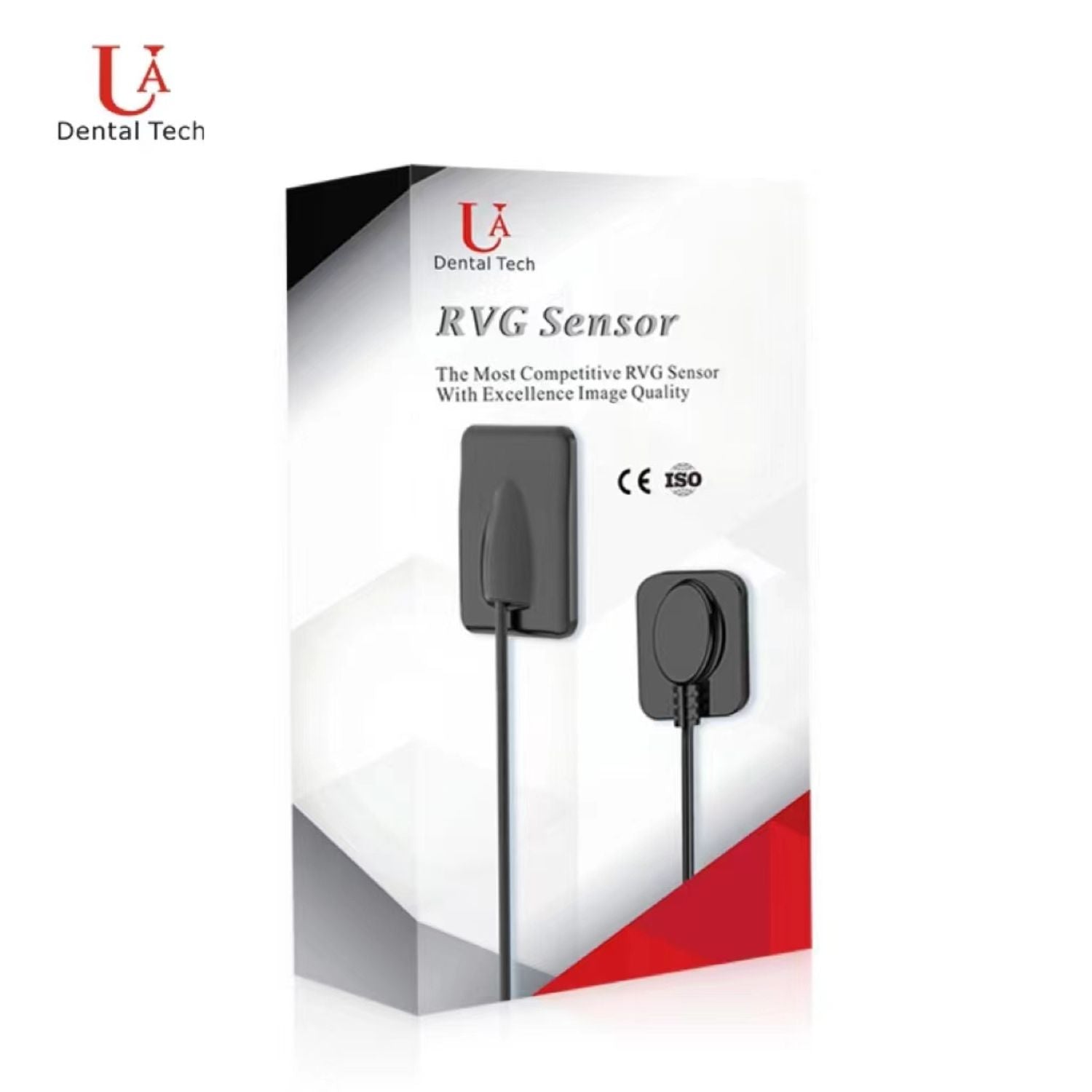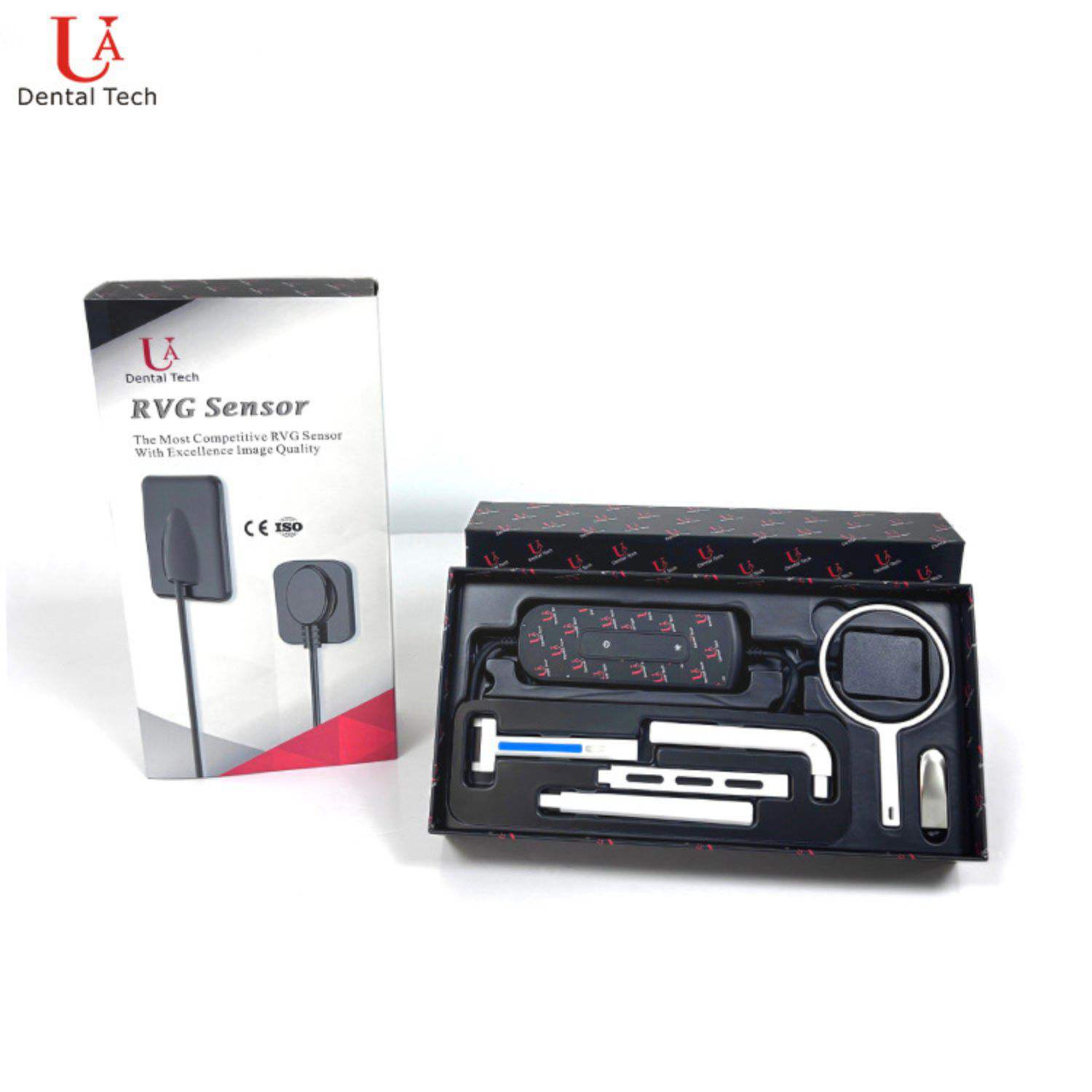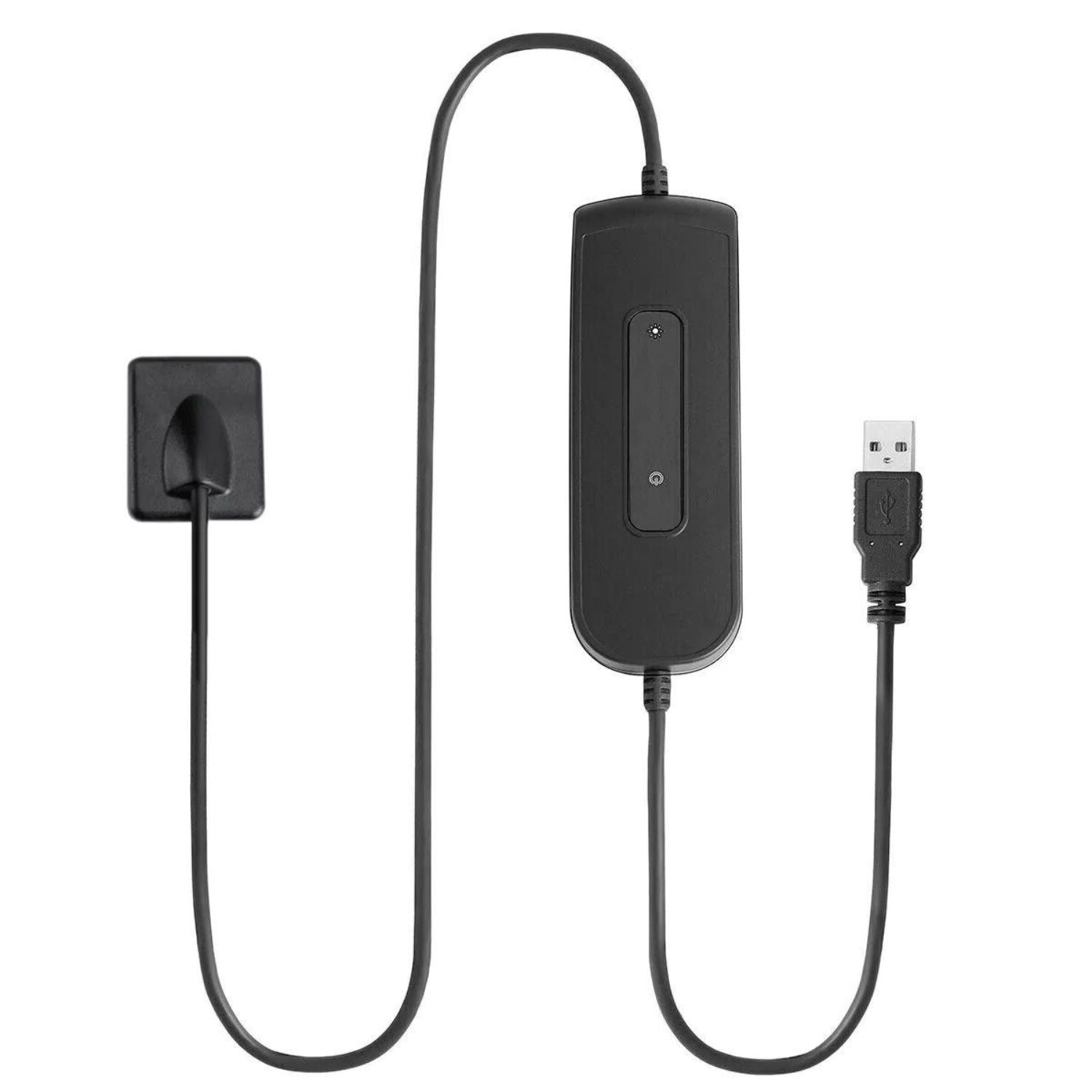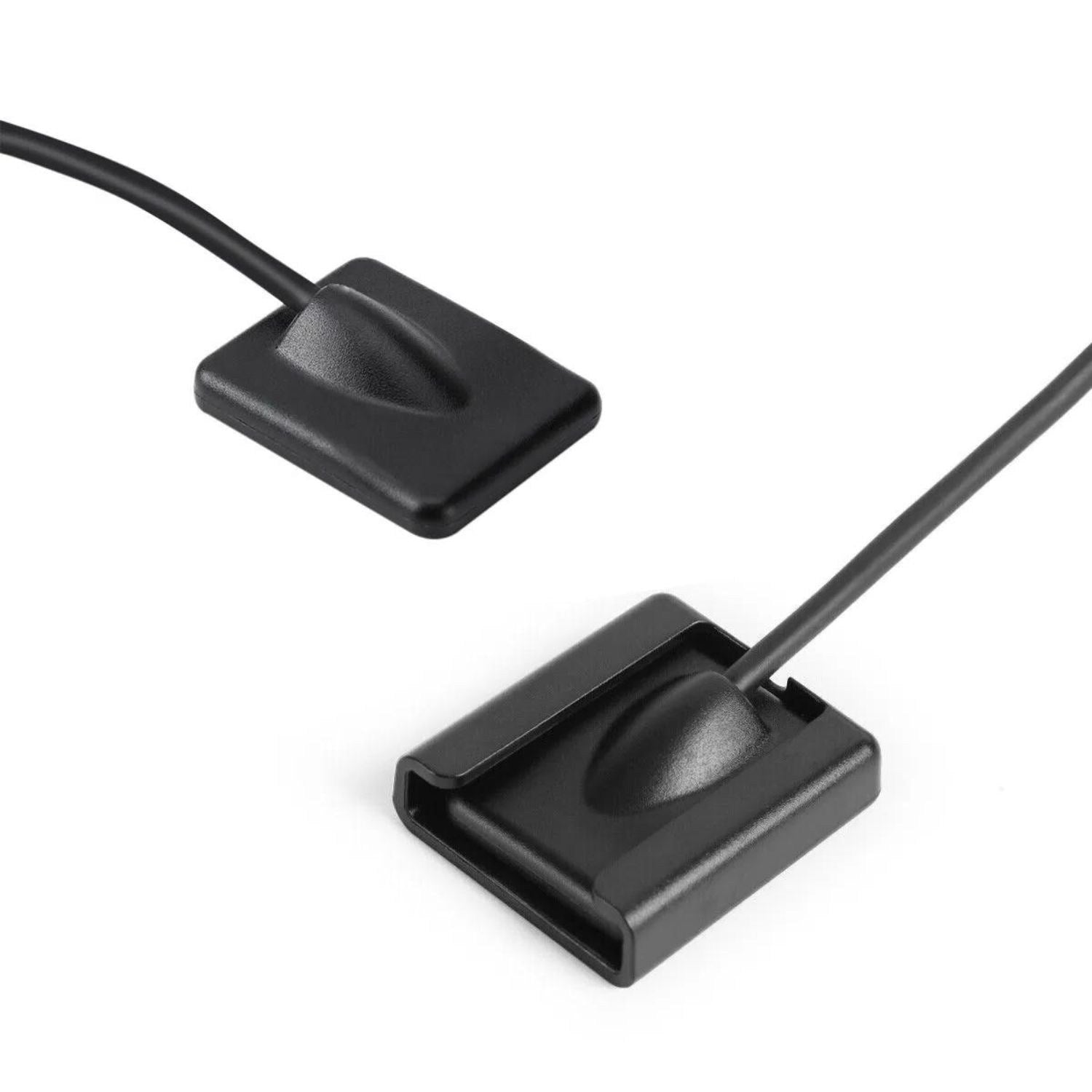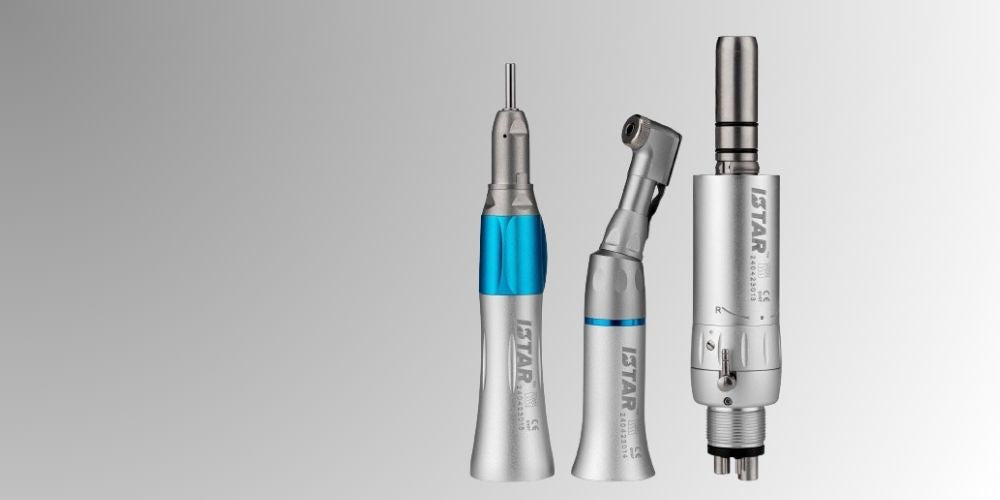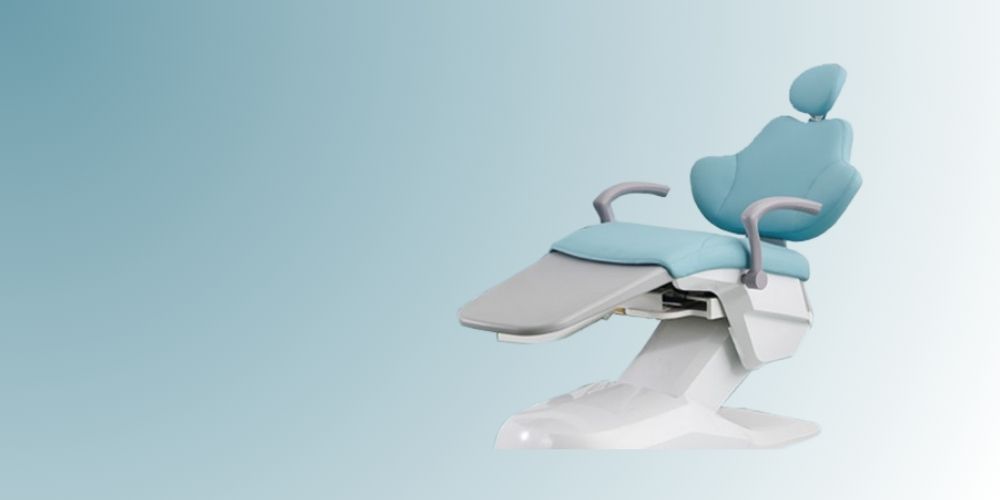
Istar Dental Supply
Istar offers durable, clear, and detailed imaging RVG sensors, enhancing work efficiency and saving costs for you.
Key Features

Durability and Waterproof
Our dental xray sensor is designed to be highly resistant to damage and wear, and they are waterproof, ensuring long-lasting performance even in demanding clinical environments.

Superior Image Quality
Our x ray sensor delivers exceptionally clear and detailed images, providing stable and precise results that enhance diagnostic accuracy.

Affordability
We offer our rvg sensor at competitive prices, making advanced imaging technology accessible without compromising on quality.

Safety and Reliability
Certified by both FDA and CE, our digital radiography sensors meet the highest international standards for safety and reliability, thereby improving dentists' work efficiency and ensuring patient safety.
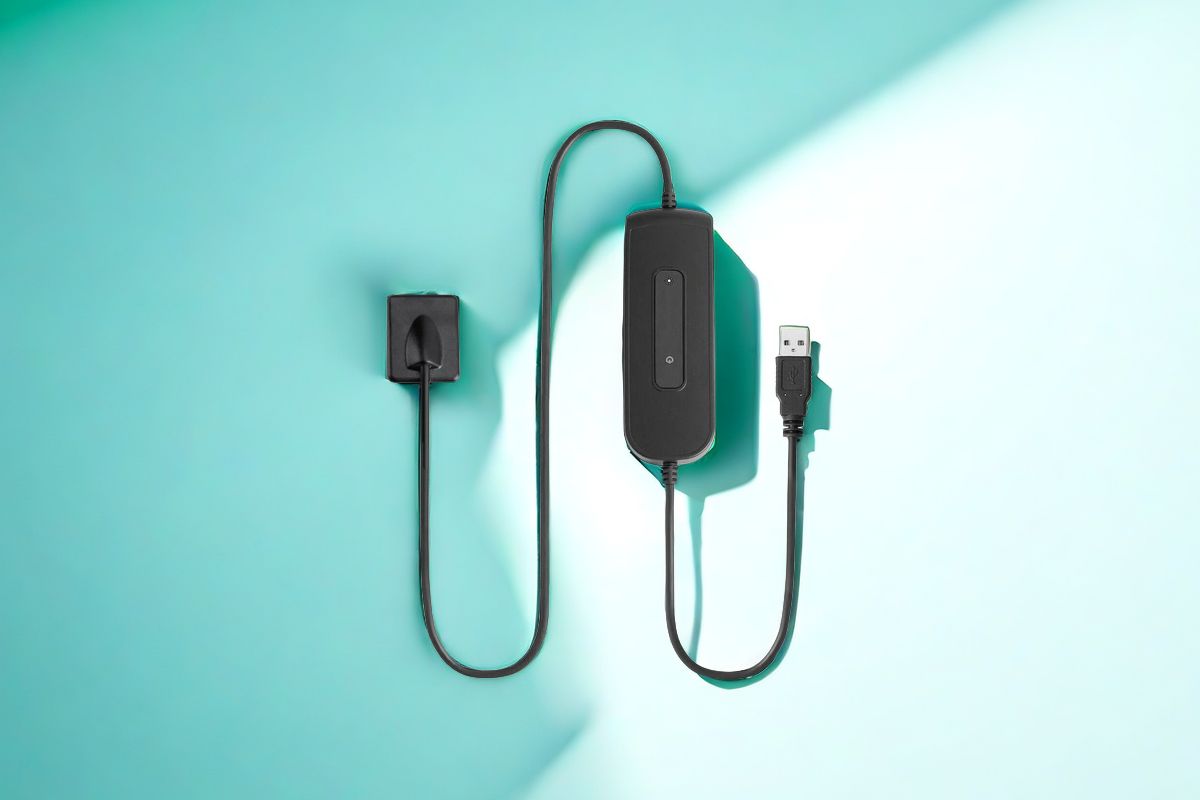
What is Dental Xray Sensor?
Digital xray sensor is a digital device used in dental practices to capture and convert X-ray images of a patient's teeth and surrounding structures into a digital format.
X-ray sensor is commonly used for routine exams, detecting cavities, assessing root canals, and planning treatments like implants or orthodontics, making it a crucial tool in modern dentistry.
Working Principle of X Ray Sensor
X-ray image sensor rely on advanced digital imaging technology to operate. During a dental X-ray examination, the physician places the x-ray sensor machine at a target area within the patient's mouth.
X-rays generated by X-ray emitting equipment penetrate the patient's teeth and surrounding tissues. Once the X-rays have passed through, the sensor captures these rays and converts them into a digital format signal that can be analyzed.
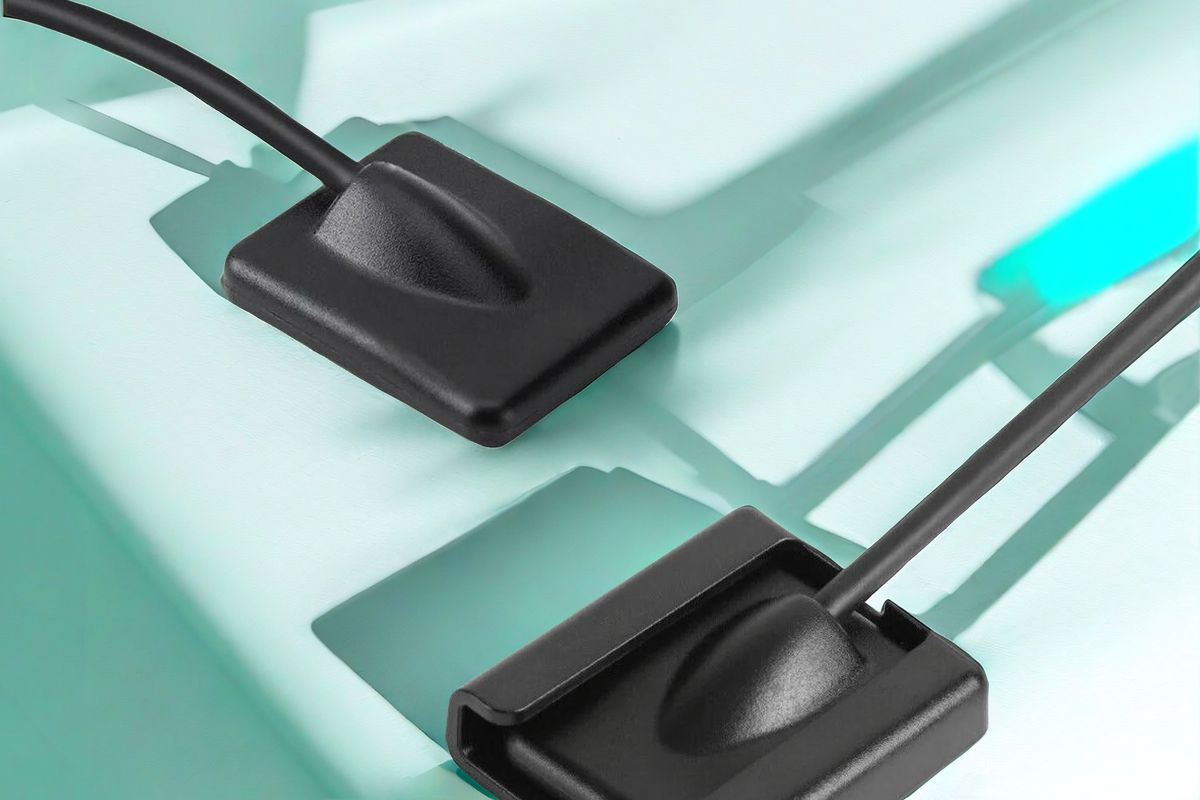
FAQ of Dental Sensor
Repairing digital radiography sensors involve diagnosing issues through initial assessment and functional testing, followed by replacing damaged components, updating software, and calibrating the sensor for accurate performance.
After repairs, rigorous performance and safety tests are conducted. Preventive maintenance, including regular inspections and cleaning, helps prevent future problems. Utilizing certified technicians and seeking manufacturer support for complex issues ensures high-quality repairs.
When comparing dental sensors, several factors should be considered to ensure you select the best option for your practice. Here’s a comparison overview:
Key Comparison Factors:
Image Quality:
- Resolution: Higher resolution sensors provide clearer and more detailed images, crucial for accurate diagnostics.
- Dynamic Range: Sensors with a wider dynamic range capture more detail in both light and dark areas of the image.
Sensor Size:
- Patient Comfort: Smaller sensors can be more comfortable for patients, especially for those with smaller mouths or children.
- Coverage Area: Larger sensors can capture more extensive areas, reducing the need for multiple images.
Durability:
- Build Quality: Sensors made with robust materials are more resistant to damage and wear.
Waterproofing: Waterproof digital dental xray sensor is easier to clean and can be more durable in clinical environments.
Compatibility:
- Software Integration: Ensure the sensor is compatible with your practice management software and existing imaging systems.
Connectivity: Wireless dental sensor offers more flexibility and ease of use compared to wired x ray sensor dental, though they may come at a higher cost.
Ease of Use:
- Installation and Setup: Consider how easy it is to set up the digital dental sensor and integrate it into your workflow.
- User Interface: An intuitive user interface can save time and reduce the learning curve for dental staff.
Cost:
- Initial Investment: Compare the upfront cost of the dental xray sensor.
Total Cost of Ownership: Consider ongoing costs, including maintenance, software updates, and potential repairs.
Warranty and Support:
- Warranty Period: Longer warranty periods can provide peace of mind and protect your investment.
- Technical Support: Reliable technical support and customer service are essential for resolving any issues quickly.
RVG sensor sizes are crucial in the selection and usage process. Here's detailed information about portable dental sensor sizes:
Common Dental Sensor Sizes:
- Size 0 (Pediatric Size):
Purpose: Specifically designed for children, suitable for primary teeth and small oral cavities.
Dimensions: Approximately 22 x 31 millimeters.
Advantages: Compact and portable, providing comfort for pediatric oral examinations. - Size 1 (Teenager Size):
Purpose: Suitable for teenagers and adults with small oral cavities.
Dimensions: Approximately 24 x 40 millimeters.
Advantages: Offers a larger imaging area while maintaining high comfort levels. - Size 2 (Adult Standard Size):
Purpose: Most commonly used for adults, generally for most dental imaging needs.
Dimensions: Approximately 31 x 41 millimeters.
Advantages: Provides broad coverage, suitable for most imaging requirements, delivering detailed and high-quality images. - Size 3 (Bitewing Size):
Purpose: Specifically used for bitewing X-ray imaging, primarily for examining caries and bone conditions on the occlusal surfaces of upper and lower teeth.
Dimensions: Approximately 27 x 54 millimeters.
Advantages: Offers larger coverage, reducing the number of imaging sessions and improving diagnostic efficiency.
- High Resolution: Provides clear and detailed images for accurate diagnosis.
- Instant Results: Offers immediate image viewing, reducing wait times compared to traditional film.
- Enhanced Image Manipulation: Allows for adjustments in brightness, contrast, and zoom, aiding in better diagnosis.
- Reduced Radiation: Often requires less radiation exposure than traditional film X-rays.
Commonly used for routine dental exams, detecting cavities, assessing root canals, and planning treatments like implants or orthodontics.
Helps in diagnosing dental diseases and conditions that are not visible to the naked eye.
- Scintillator: Converts X-rays into visible light.
- Photodetector: (CCD or CMOS) Converts the light into electrical signals.
- Digital Converter: Processes the electrical signals into digital data.
The rvg sensor captures X-ray radiation after it passes through the patient's mouth.
It converts the X-rays into digital images, which are then displayed on a computer screen for analysis.
Any question?
If we still haven't answered your question, you can contact us below and we will get back to you as soon as possible.

